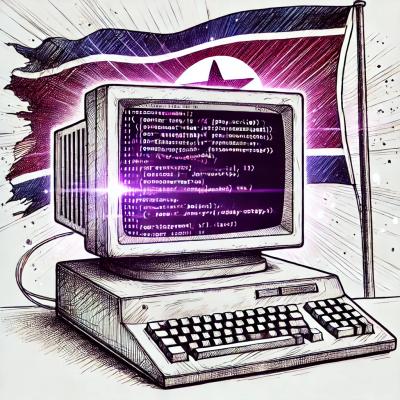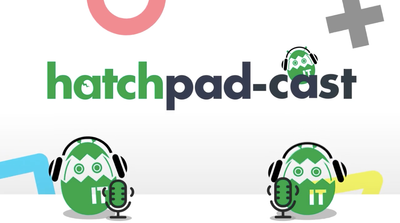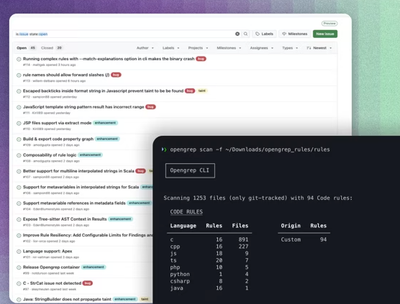
Research
Security News
Lazarus Strikes npm Again with New Wave of Malicious Packages
The Socket Research Team has discovered six new malicious npm packages linked to North Korea’s Lazarus Group, designed to steal credentials and deploy backdoors.
@amplience/dynamic-content-accelerators
Advanced tools
Amplience DC Frontend modules, using HTML Service
Extensible content types and rendering templates for use with the Amplience Rendering Service
This project is designed to accelerate implementing Amplience Dynamic Content. It contains a set of commonly used components implemented as handlebars templates that can be rendered by the Content Rendering Service.
Working demo of the accelerator components.
Component explorer showcasing the capability of each component.
This project has a local development environment which lets you test your component templates, styles and javascript without deploying them to Dynamic Content.
Steps:
npm install
npm run storybook
This will launch a browser displaying the components using Storybook, a popular component explorer. Any changes made to template files, styles or Javascript will reload automatically.
See the documentation links below for further details.
Before you can deploy the components you need to run the export process. This will compile, concatenate and minify the CSS & JavaScript as well as collect the templates, icons and content types into a folder to ease deployment.
Steps:
npm install --global gulp-cli
gulp buildAll
This will export the following files:
| file | description |
|---|---|
| dist/contentTypes | Content Types which define the content structure for each component. |
| dist/templates | Content Rendering Service templates which render content to HTML. |
| dist/icons | Icons for each component. |
| dist/styles.min.css | CSS Styles for the components. |
| dist/cardsStyles.min.css | CSS Styles for the cards. |
| dist/utils.min.js | JavaScript which adds functionality to the components. |
| dist/lory.min.js | JavaScript Library required by the Slider component. |
To make use of these components in your application you must configure them in your Amplience account in addition to including the CSS & JavaScript in your project.
To make the components available for use they must be configured in your Dynamic Content account. This includes:
Steps for this can be found in the configuration guide.
Include a reference to the CSS & JavaScript resources in your application.
<link rel="stylesheet" href="dist/styles.min.css"/>
<script src="dist/utils.js"></script>
If you are using the Slider component also include the lory library.
<script src="dist/lory.min.js"></script>
Interactive components will automatically attach their functionality when the DOM has loaded. If your application asynchronously renders the components you can manually activate the components with the following JavaScript:
if (window.AmpCa && window.AmpCa.Utils) {
window.AmpCa.Utils.attachComponents();
}
These changes should ensure that the project is quick and easy to use, the content library has been brought to life and the content types are optimal.
If you need help please reach out using one of the following channels:
amplience-dynamic-contentThis software is licensed under the Apache License, Version 2.0,
Copyright 2019 Amplience
Licensed under the Apache License, Version 2.0 (the "License"); you may not use this file except in compliance with the License. You may obtain a copy of the License at
http://www.apache.org/licenses/LICENSE-2.0
Unless required by applicable law or agreed to in writing, software distributed under the License is distributed on an "AS IS" BASIS, WITHOUT WARRANTIES OR CONDITIONS OF ANY KIND, either express or implied. See the License for the specific language governing permissions and limitations under the License.
FAQs
Amplience DC Frontend modules, using HTML Service
We found that @amplience/dynamic-content-accelerators demonstrated a not healthy version release cadence and project activity because the last version was released a year ago. It has 8 open source maintainers collaborating on the project.
Did you know?

Socket for GitHub automatically highlights issues in each pull request and monitors the health of all your open source dependencies. Discover the contents of your packages and block harmful activity before you install or update your dependencies.

Research
Security News
The Socket Research Team has discovered six new malicious npm packages linked to North Korea’s Lazarus Group, designed to steal credentials and deploy backdoors.

Security News
Socket CEO Feross Aboukhadijeh discusses the open web, open source security, and how Socket tackles software supply chain attacks on The Pair Program podcast.

Security News
Opengrep continues building momentum with the alpha release of its Playground tool, demonstrating the project's rapid evolution just two months after its initial launch.